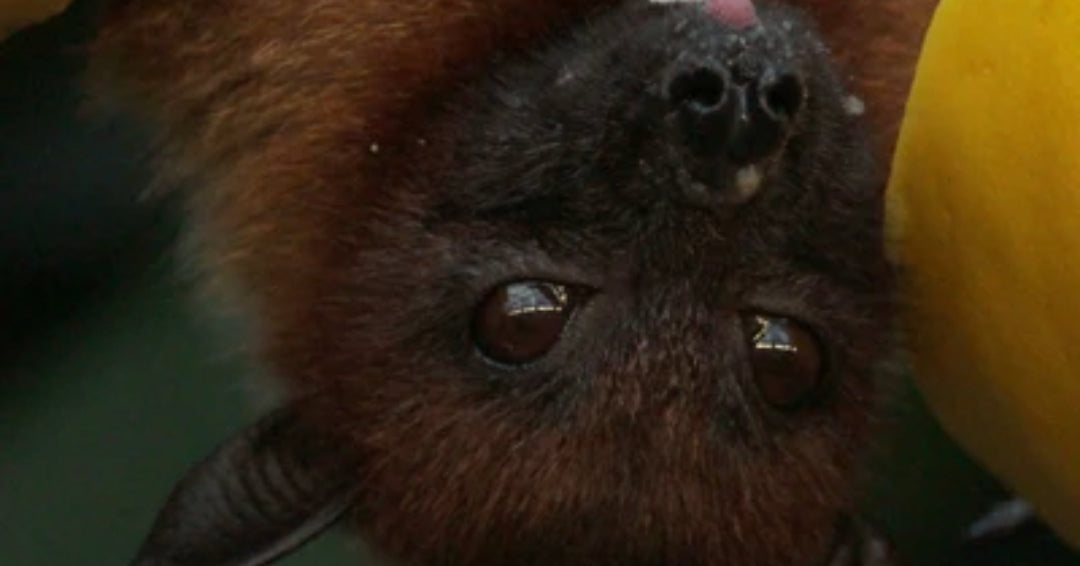Kids will be surprised to learn some amazing things about how bats behave, what they eat, how they socialize, and the important role they play in the environment. These flying critters can elicit a sense of fear when spotted above, but the reality is that they are far more beneficial than harmful. Understanding more about these fascinating creatures will help kids appreciate all of their contributions. Here are some amazing facts about bats to share with your kids next time they get a little spooked by these nighttime critters.

Everything to Know About Bats
A thin film spreads across the forearms and stretching over the long, thin digits. This physical structure gives them incredible agility to soar through the sky and then make sudden swoops to grab insects like flies, mosquitoes, beetles, and other insects. They use their speed to hunt for food over a short period of time at night, when there is a short window to avoid the owls and hawks that would enjoy snacking on a bat. Also, during this time, birds who are also competing for insects are not quite out and about. Here are some more incredible facts about bats so share with your kids. Also, make sure to check out the best children's books about bats for even more information about these flying, nocturnal animals.
Information about Bat Behavior, Anatomy, and Other Facts
Kids are fascinated by bats for a lot of reasons, and it often comes down to how unique and misunderstood these creatures are. Bats are nocturnal, flying through the night with an almost mythical air. This natural mystery captivates kids, making them wonder what these animals are up to while the rest of the world sleeps. Many children grow up hearing common misconceptions about bats—like them being blind or bloodthirsty vampires. Learning the truth—that most bats are harmless, beneficial insect or fruit eaters vital to our ecosystem—is a rewarding experience that helps them challenge old ideas. Their distinctive appearance, with large ears, interesting noses, and wings that are essentially modified hands, is truly intriguing. Kids also love discovering the wide range of bat species, from the tiny bumblebee bat to the enormous flying fox. For some kids, the slightly spooky or unusual aspects of bats—like their habit of hanging upside down or living in dark caves—are actually what make them so appealing. It's a healthy fascination with the extraordinary!

(1) Bats are the only mammals that can fly.
One particular species, the Mexican free-tailed bat, can reach speeds of 100 miles per hour. People can often feel alarmed when bats swoop down while flying. They are feeding on the bugs in the air that are drawn to the carbon dioxide in human breathe. So kids can rest assure that the bats do not have any interest in harming them when flying close by.
(2) They consume huge quantities of harmful insects.
They are extremely helpful in keeping the population of night-flying insects under control. They eat mosquitos, crickets, beetles, moths, leafhoppers, chinch bugs, and many other insects that are either harmful or just a nuisance. Some of these bugs spread disease to human beings and livestock. Others are serious agricultural threats.

(3) Bats reduce the volume of pesticides required by farmers to protect crops.
Because bats do such a good job controlling the population of insects that destroy fruits, vegetables, and other crops, farmers can cut back on spraying their fields with pesticides. Some scientists have estimated that bats can take credit for saving the U.S. between $3.7 and $54 billion in pest control services every year. And, even more important than the money, the health benefits of fewer pesticides are immeasurable.

(4) Bats and bees have a lot more in common than people realize.
When most people think about pollinators, they tend to credit bees with all of the heavy lifting. The reality is that more than 500 plant species rely on bats to pollinate their flowers. Some examples include mango, durian, banana, avocado, guava, and agave. The term for pollination by bats is chiropterophily.
(5) More than 1,400 species have been documented around the world.
These extremely adaptable mammals can be found just about everywhere except in the most extreme locations, like deserts and polar regions. They drastically range in size, with the smallest species weighing less than a penny the largest species with wing span longer than six feet.
(6) They live a very long time in the wild.
There are so many variables that determine the lifespan of bats, mostly related to the particular species. Usually the bigger the bat, the longer the life expectancy. Compared to other small mammals that usually only survive about one year, the average age of death for bats is estimated to be 4 years. Incredibly, a few species live beyond 30, with one Siberian bat setting a record for reaching 41 years of age.
(7) Bats can be harmful if they come in contact with people.
Despite their frightening appearance, especially during low-sweeping flights right at dusk, they generally prefer to steer clear of humans. When healthy an in non-threatening environments, bats will not act aggressively. However, you should still take caution when coming in a close encounter, and always hire an expert if one becomes trapped inside your windowsill or home. They are responsible for the largest number of rabies deaths every year, so even a minor scratch or bite requires immediate medical attention. Also, the fecal droppings, called guano, carry dangerous spores that cause fungal disease when inhaled. For this reason, droppings found in the home need to be removed with great caution, requiring a mask and other protective gear.








